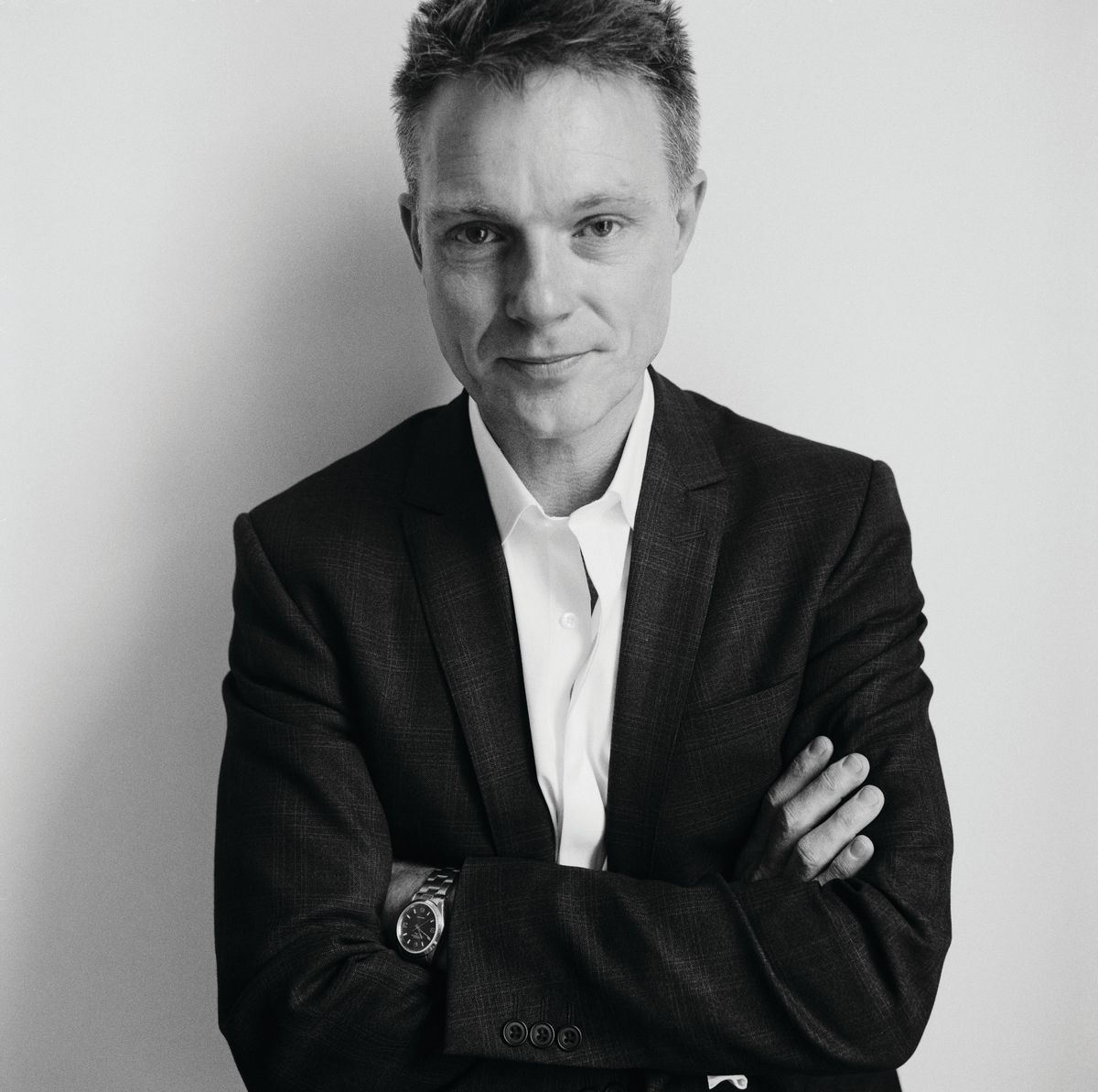Tim Marlow Director of artistic programmes, Royal Academy, London
Okwui’s show was really solid. His attempts to justify what he did thematically and philosophically slightly lost their way but the range of what he produced and the quality of the artists was really strong. What it didn’t ultimately deliver was a coherent argument, but then I wonder how many biennales really ever do? Overall, it was less about curatorial ego and more about some interesting artists brought together, and the theme was so broad that it permitted that generosity.
I especially liked the way that David Adjaye’s architecture made a familiar space subtly and significantly different. I like the fact that Chris Ofili (who first brought David with him to design the British pavilion) produced that wonderful secular temple in the middle of the Arsenale, and his paintings looked great. Looking at the overall structure, I thought that the first room of Bruce Nauman and Adel Abdessemed was particularly powerful, and the paintings of Georg Baselitz looked masterful. I loved seeing Terry Adkins in the Arsenale and also Melvin Edwards, whom I realise I should know a lot better.
Danh Võ produced a standout pavilion and I especially liked what he did at Punta della Dogana. Sarah Lucas’s pavilion was also very strong, especially how it linked back to the British sculptural tradition. It was a series of discrete objects that made a coherent installational whole, but it was also a classic sculpture show and I was thinking about Henry Moore in 1948 or Barbara Hepworth in 1950 or even—at a push—Geometry of Fear in 1952. She’s always had a sense of history and it was good to see that connectedness back through British sculpture.

Kaelen Wilson-Goldie Beirut-based writer and critic
My expectations were high, and the show would have had to be a total disaster to disappoint me. It isn’t, and it didn’t, but it tested me and troubled me in ways I hadn’t imagined. I think All the World’s Futures has something very important to say about the fragility of black and brown bodies, mostly male, in the sometimes brutal matrix of labour and capital in the world today (maybe the absence of women—not by numbers but by presence—is a weakness).
All the talk about precariousness, which can seem abstract or pretentious in other contexts, seems powerfully embodied here, as both a contemporary condition and a historical legacy. There is an incredible tenderness and conceptual delicacy to Glenn Ligon’s neons on the Central Pavilion façade, and his related paintings inside. Those works frame the show for me, and echo in Steve McQueen’s gorgeous double-sided video Ashes, and John Akomfrah’s ambitious three-screen installation Vertigo Sea, inspired by Moby Dick, which takes on life, death, art, history, adventure, terror, the seasons and the sublime in a way that few artists could otherwise manage.
Usually I prefer the sequencing of the Arsenale to the maze of the Giardini, but this time around I think the Central Pavilion better suits the story that Enwezor is telling, which isn’t linear at all but coils around itself and its own contradictions. And there’s so much exceptional music—Jason Moran, Carsten Höller, Olaf Nicolai, Mathieu Kleyebe Abbonenc channeling Julius Eastman—that I was surprised by the early, vitriolic reviews, which seemed impatient, maybe even immature. There are moments of real beauty here, but you have to listen for them. I live in a country where the social welfare functions of the left have long been overtaken by Hezbollah, a right-wing party by any definition, so the presence of Marx is no problem for me; it seems like an urgent task to return to the text and consider how and why leftist movements have failed us, are failing us, everywhere. It’s a show that will stay in my mind.
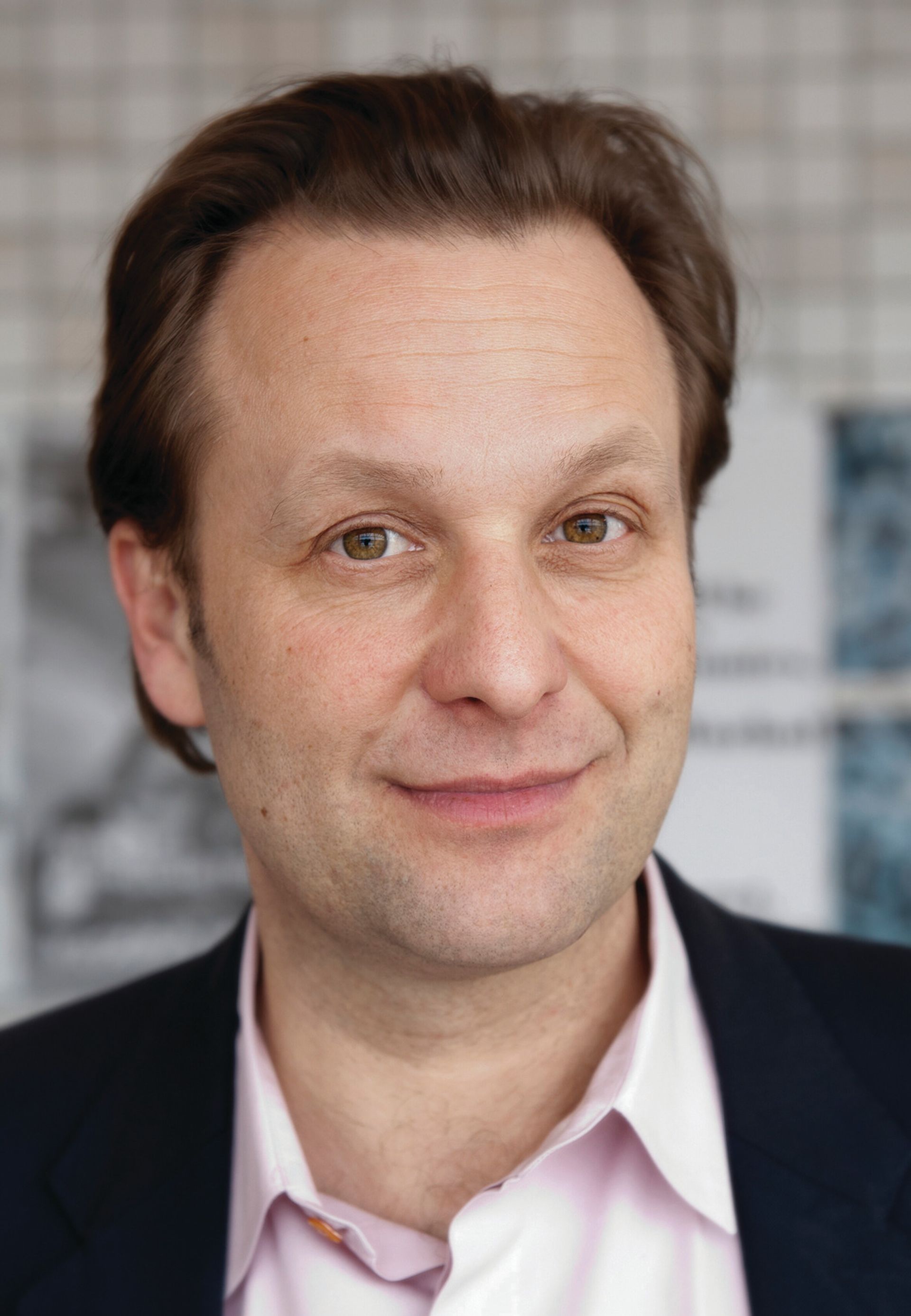
Daniel Birnbaum Director, Moderna Museet, Stockholm
I am so thankful that I made it out to see the gorgeous island of San Lazzaro, a piece of Armenia in Venice, where the Armenian Mekhitarist Congregation has been active for centuries. Also, I had never heard of the filmmakers Yervant Gianikian and Angela Ricci Lucchi. Their film Ritorno à Khodorciur is a portrait of Yervant’s father Raphael, who at the age of 80 embarked on a journey on foot across Turkey in order to return to his homeland. The old man tells his story sitting in an old chair. It could not be less dramatic, yet it’s mesmerising. They are also showing an enormous work on paper in a vitrine on the first floor, which is uniquely interesting. At first it is reminiscent of a Cy Twombly drawing, but on closer scrutiny it tells an infinitely rich and occasionally cruel children’s story of magical animals and kings who, unfortunately, have to be decapitated. The princess finds protection by climbing up a tree.
Contemporary art institutions tend to look similar. The monks at the Mekhitarist Congregation are welcome relief and are proof that a spiritual life is richer than that of the mega collectors. Speaking of which, the Pinault collection, normally a prime example of the art market talking monotonously to itself, has been taken over by Danh Võ and has much more charm. The idiosyncratic installation of works by a wide array of artists, from Constantin Brancusi to Henrik Olesen and Võ himself, is really quite witty.
Since Axel Vervoordt took over the Palazzo Fortuny, we always expect something poetic, and this year’s meditation on sacred geometries, Proportio, is no exception. A more surprising combination of old and new is Simon Denny’s exhibition, Secret Power. Installed at the Marco Polo Airport and in the spectacular spaces of Biblioteca Nazionale Marciana at the Piazzetta San Marco, it juxtaposes old renderings of our planet, the most elaborate maps and globes, with high-tech vitrines containing imagery that became known in the wake of the Edward Snowden leaks. I have never seen contemporary paranoia and conspiracy theory so perfectly packaged. We speak loosely about “contemporary” art, but Denny’s contribution is perhaps the only work fully worthy of that evasive term.
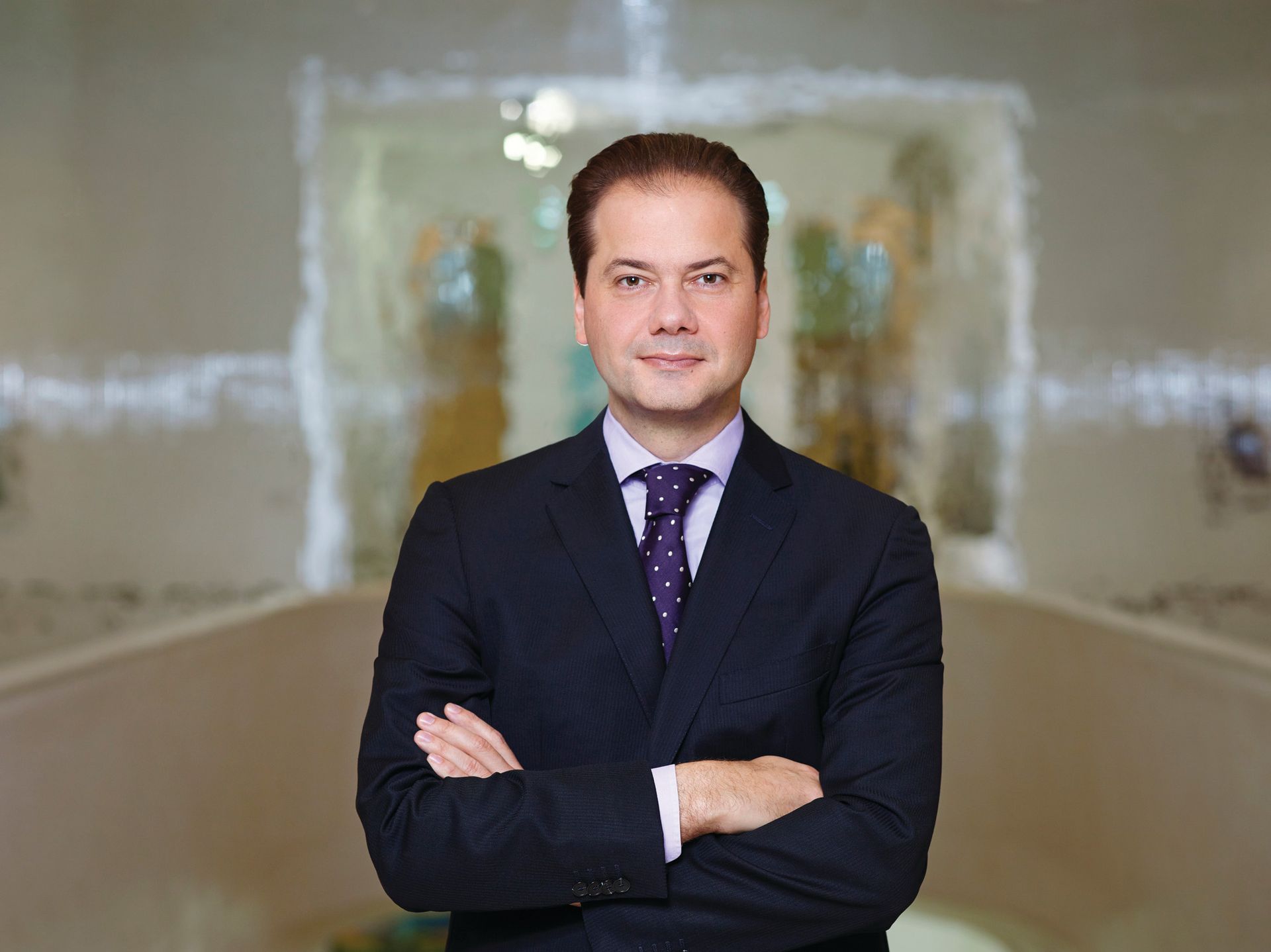
Max Hollein Director, Schirn Kunsthalle, Städel Museum, Frankfurt
The first impression is that the show wants to foster artistic activism and reflection but, more importantly, it also forcefully demands engagement. I have not encountered any other show that has so many objects and is so diverse in its artistic position. There is not really one common thread and there are a lot of conceptual artists that not everyone is so familiar with. You really have to dig in and it’s virtually impossible, both physically and mentally, to digest all of it. But to a certain extent I think this whole idea about being too vast and too plentiful is also an analysis of our current world condition; we are in a moment where there are so many different issues or crises that it’s hard to get a full picture.
It seemed to me that this whole idea of overwhelming incompleteness and the way Okwui has done the exhibition design, especially in the Arsenale, is a deliberate reflection of this; you had to make choices, to go this way or that way, and you were really worn out. So when people were standing in the Baselitz or Ofili room they almost seemed to exhale; finally there was something that they could quickly digest.
In general, I am doubtful that art is there to solve the big sociopolitical questions; I have never seen it happen over the course of history. What it can do is force questions, but is it valid to continuously ask questions? Sometimes I’m not sure that art is the valid vehicle for all these issues and that these questions are better raised in a more journalistic or activist mode, or on a political platform. On the other hand, there were also some very important people and fantastic works, and what was especially evident this year was that even in the most peripheral of pavilions the quality of the work and the selections was very high; that is a really good development.
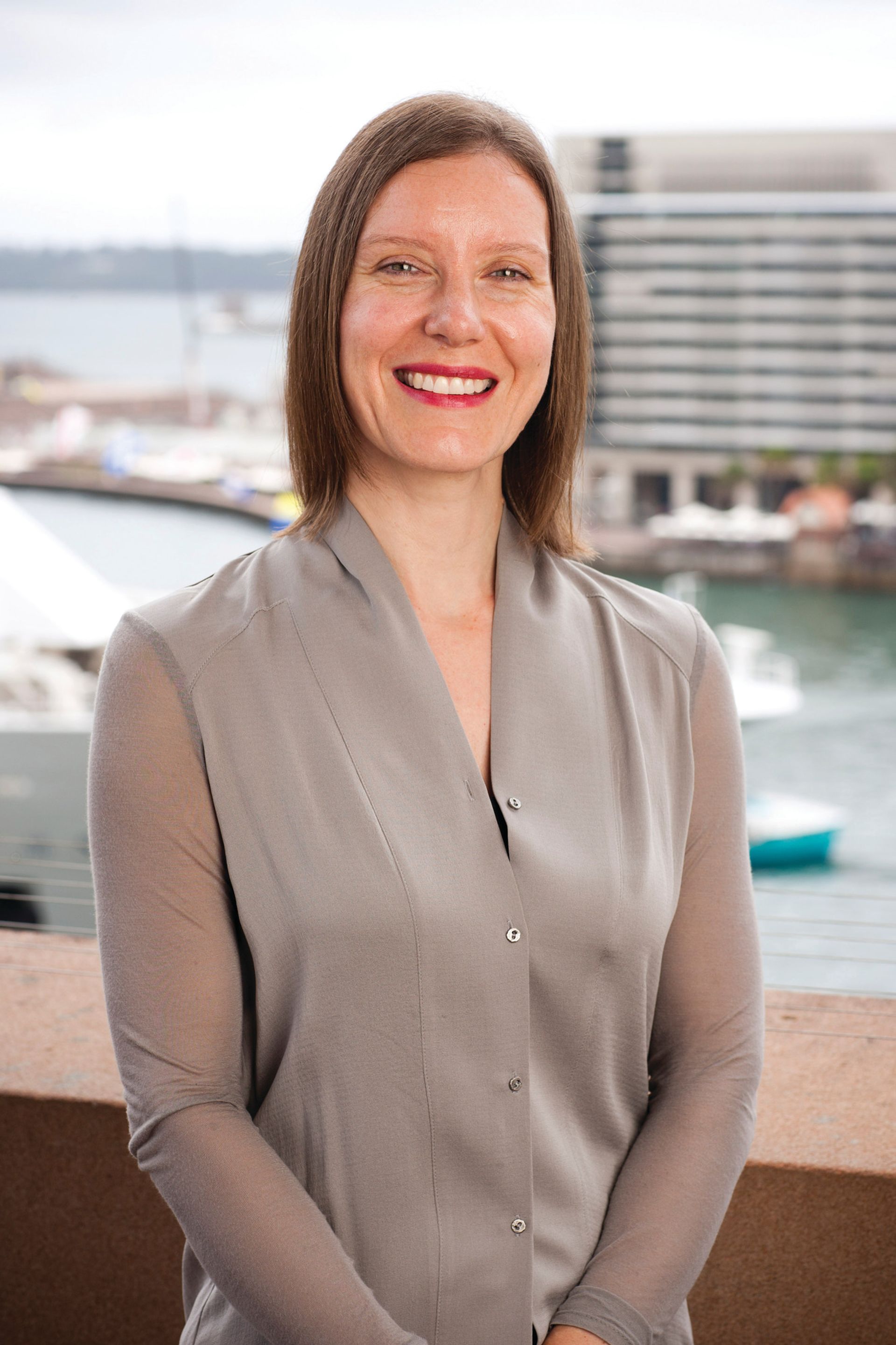
Rachel Kent Chief curator, Museum of Contemporary Art, Sydney
Okwui Enwezor’s vision for art today did not disappoint; global politics were tempered by a subtle play between materials and form, and I was struck by the variety and abundance of works on display. In place of pomp and ceremony (something I dread in a Biennale context), this felt like a considered exhibition for artists and those who love art: a truly global excursion through practices that shed light on our complicated reality today.
In the Central Pavilion, my personal highlight was Kenyan-born Wangechi Mutu’s three-screen video, which saw the artist walking through an endless digital landscape, bowed under the weight of her burden, which grew and grew on her back until it swallowed up the earth itself. A life-size sculpture by Mutu of a woman gazing at a gently spinning globe suggested both desire and entrapment.
The Arsenale, too, had many high points, among them an exquisite, chapel-like presentation of new paintings by Chris Ofili; Theaster Gates’s evocative installation and performance video set within a dust-filled, derelict church; the impressive black-and-white paintings of Australian artist Daniel Boyd; and Newell Harry’s ambitious installation of tapa cloths with Dada-like word plays, votive objects and photography. A vast canvas in soft pink hues by the revered Aboriginal artist Emily Kame Kngwarreye, whose short career blossomed late in her life, also stood out. Charles Gaines’s musical scores set to narratives of political struggle and suffering were an understated highlight; and I am still haunted by Im Heung-Soon’s stark documentary video in which female Korean factory workers embodied the terrible human toll exacted for company profit.
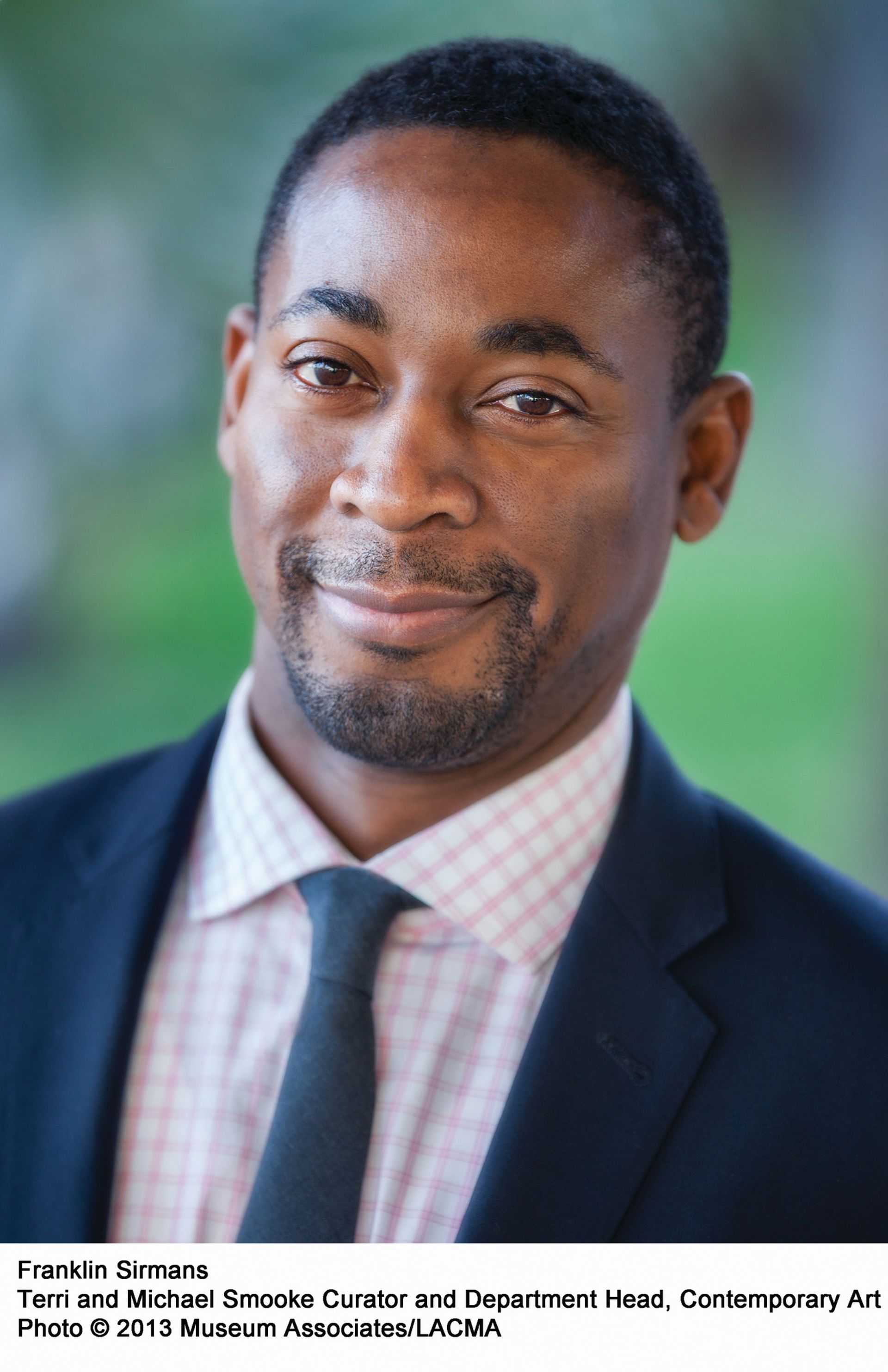
Franklin Sirmans Department head and curator of contemporary art, Los Angeles County Museum of Art
The main pavilion sets the stage for a core cerebral exhibition that generously expands out tangentially from the absolutely brilliant idea of putting a space for dialogue—literally—in the middle of the show. That’s the heart. Sure, it will be dead space at times, but its open position is there for moments of wonder for individuals and collectives throughout the exhibition.
Fabio Mauri greets us, bags in tow, and reminds us of atrocities and what we are capable of doing to each other. Though he was scared by the images of the Second World War, what has changed? The question is laid out right there, as if the entrance through “blues, blood and bruise” were not enough... This is “the end” as much as it is the beginning, and it suggests the back-and-forth between beauty and ugliness that plays out through the whole show—Christian Boltanski’s screams and Philippe Parreno’s flickering lights.
The memorable opening continues in a parallel way in the Arsenale, with Bruce Nauman and Adel Abdessemed setting the stage in a dimly lit gallery that reminds us that Nauman is certainly one of the greatest living artists there is, with works that span several years but in one medium. Then we get closer to the soul of the show via a gauntlet of sculptures by Mel Edwards that recall another world atrocity, and then the blues are evoked through the drums and musical instrument/sculptures of Terry Adkins. I am still excited, still digesting, and I imagine I will be for the rest of the summer to some degree. I am interested to see the way Carolyn Christov-Bakargiev’s show for the Istanbul Biennial follows from this.


